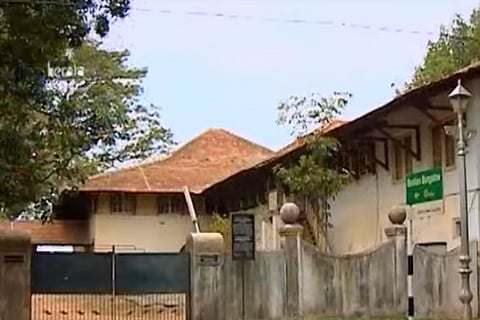

The Kerala government is planning to give the centuries old Bastion Bungalow in Fort Kochi a makeover and convert it into a world-class museum.
Minister for Ports, Museums, Archaeology and Archives Kadannappally Ramachandran said that Fort Kochi and nearby Mattancherry are historically significant as they were occupied by the Portuguese, Dutch and British and were active commercial centres in the past. The renovated museum will reflect these diversities, The Hindu reported.
MLA K J Maxi said that the government will take steps to ensure that the museum is opened to the public before the Kochi-Muziris Biennale 2018 starts in December.
History
The Bastion Bungalow is said to be one of the oldest buildings in Kerala. The historic monument is said to have been originally built in the 16th century as Fort Immanuel by the Portuguese. However, the structure was destroyed following an invasion by the Dutch in 1663.
Only a part of the fort, called the Stormberg Bastion survived, and this was reconstructed into the Bastion Bungalow that tourists see today.
Built in the Indo-European style of architecture, it was named Bastion Bungalow by the British and served as a residence-cum-office for government officials.
According to the Kerala Tourism website, "Its circular structure is so captivating that when the British eventually arrived, they decided to leave that part of the original building untouched."
Stories of secret underground tunnels add to the aura of the place besides also captivating tourists.
"Today it houses the Sub-Collector's Office, with its long, open verandas and a tiled roof in geometric patterns attracting tourists from all over the world. Made entirely of brick, laterite and wood, it is said that beneath its ground floor lies a secret network of tunnels, adding to the mystique of the entire place," it adds.
After Independence, the structure was left neglected for some time before the State Archaeology Department declared it a 'protected monument' in 1999. In 2016, the heritage museum at the over 400-year-old structure was opened to public.